In 1932, Franklin D. Roosevelt promised Americans a “New Deal.” The New Deal was a series of economic programs implemented between 1933 and 1936. They were passed by the U.S. Congress during the first term of F.D.R.’s Presidency, which lasted from 1933 to 1937. The New Deal programs were responses to the Great Depression, and focused on relief, recovery, and reform – relief for the unemployed and poor; recovery of the economy to normal levels; and reform of the financial system to prevent a repeat depression.
After Roosevelt took office in March 1933, new programs and agencies soon were set in place. 1933 saw the establishment of the Civilian Conservation Corps (CCC), the Public Works Administration (PWA), and the Agricultural Adjustment Act (AAA). In 1935, the Works Progress Administration (WPA) was established by Executive Order No. 7034. The New Deal in Oregon took many forms, but the common thread running through many New Deal programs was jobs for the unemployed.
The Works Progress Administration (renamed the Work Projects Administration in 1939 when it was transferred to the Federal Works Agency) was the largest and most ambitious New Deal agency.
It was designed to offer work to the unemployed on a massive scale by spending money on a wide variety of programs and public works projects, including: the construction of roads, highways and public buildings, clearing slums, reforestation and rural rehabilitation. About 85% of the funds spent on WPA programs went directly into wages and salaries.
Of particular interest were the special programs established around the nation under the WPA. The Federal Writers’ Project hired writers, archivists, social scientists and historians to prepare state and regional guide books, organize archives, index newspapers, and conduct useful sociological and historical investigations. The Federal Arts Project gave unemployed artists the chance to add art to hundreds of public buildings and spaces, such as post offices, schools, libraries and universities with murals, canvases, and sculptures. Musicians organized symphony orchestras and community singing venues. The Federal Theatre Project promoted undertaking novel approaches to theater presentation, and stock companies toured the country performing plays, bringing drama to communities where it had been known only through the radio.
The WPA drew unemployed teachers, writers, architects, stone masons, painters, weavers, metal workers, plumbers, and artisans into special Oregon projects. Among the most well-known Oregon WPA projects are the construction of Timberline Lodge, the creation of towering murals, iron gates, and furniture for the new library on the campus of the University of Oregon, and the construction of post offices, customs buildings, and federal buildings from Burns to Tillamook. With the PWA and the Public Buildings Administration, the WPA helped to construct the capitol and state library in Salem, an armory in Klamath Falls, a high school in Corvallis, a dormitory at the State School for the Blind, a sewage disposal plant in Medford, and five bridges spanning major estuaries on the Oregon coast.
The WPA also mounted the Oregon Folklore Project, the Oregon Writers’ Program, and the Inventory of the County Archives of Oregon. The Folklore Project and the Writer’s Program staff compiled and transcribed numerous life stories and oral histories between 1936 and 1940.
Among these stories is one collected from Mrs. Frances Cornell of Salem, Oregon. One of 12 children, Frances Margaret Looney (later Cornell) was born near Jefferson on July 26, 1854. She lived in Marion County all her life, attending school in Jefferson and later going to Willamette University. She went on to work for a number of years as a matron at the Oregon State Hospital. Her father, Jesse Looney, and mother, Ruby Bond Looney came to the Oregon Country from Alabama in 1843 in the same wagon train as the Applegates, the Waldos, the Nesmiths, the Smiths, the Fords, the Kaisers, the Delaneys, the Lovejoys, and several others.
In the story, collected in January 1939, Mrs. Cornell shares her memories of stories her mother told her about a party which became a wedding at the Waldo’s place; her father’s farm serving as the station at Looney Butte (the area where his land claim was came to be called this) on the mail route between Portland and San Francisco; and the masquerade and fancy-dress parties in the 1870s.
“There was one I recall, given by the Werner Breymans, in their big house on State Street. There were over a hundred masquers at that affair, and the costumes covered everything from kings, cardinals and dukes to jockeys, among the men, and from Dianas to Bopeeps among the women and girls. If I remember correctly, I represented Phantasia, oh.”
Frances Looney married Wilbur F. Cornell on July 2, 1878. They lived in Salem and had three children, Edith (d.o.b, unknown), Arthur (d.o.b. unknown; died 1948), and Ruby (born 1882; died 1972), who married a man with the last name of Griffith. Frances Cornell passed away on March 16, 1941, at the age of 87.
These life stories and oral histories are part of the Library of Congress collection, which includes 2,900 documents representing the work of over 300 WPA writers from 24 states, 81 of which are from Oregon and can be accessed online at www.loc.gov and then entering “American Life Histories: Manuscripts from the Federal Writers’ Project, 1936 – 1940” in the search box.
article written by Keni Sturgeon, unknown date



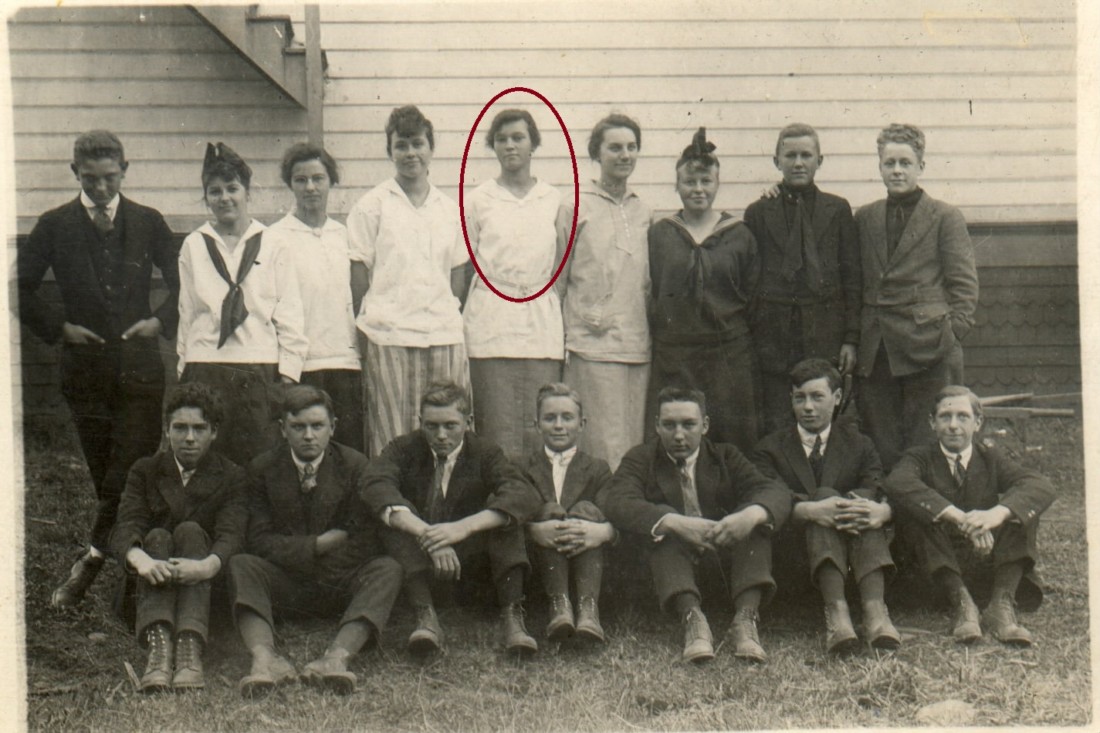
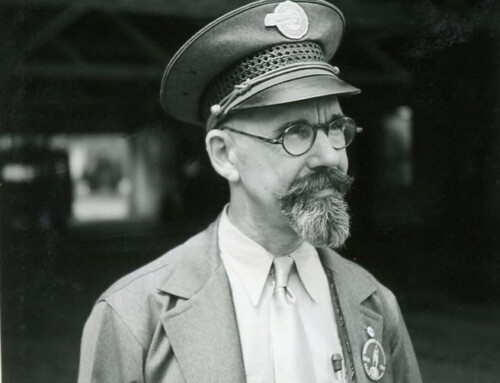
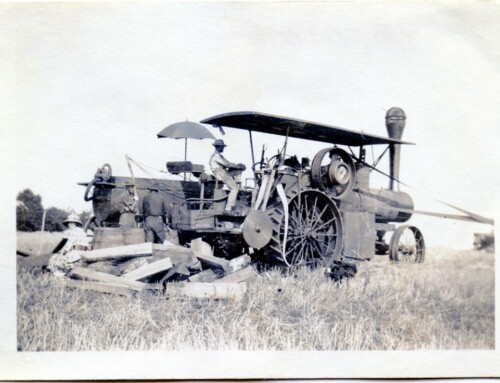
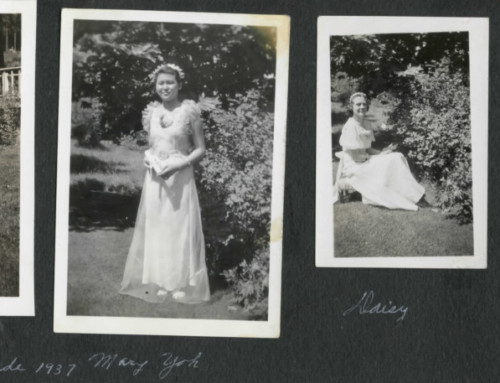
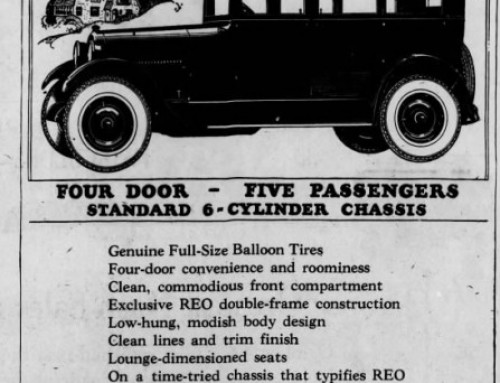
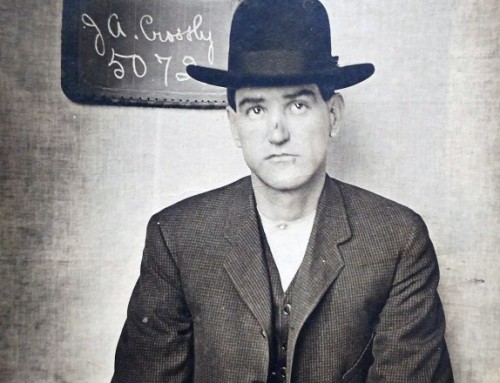
Leave A Comment